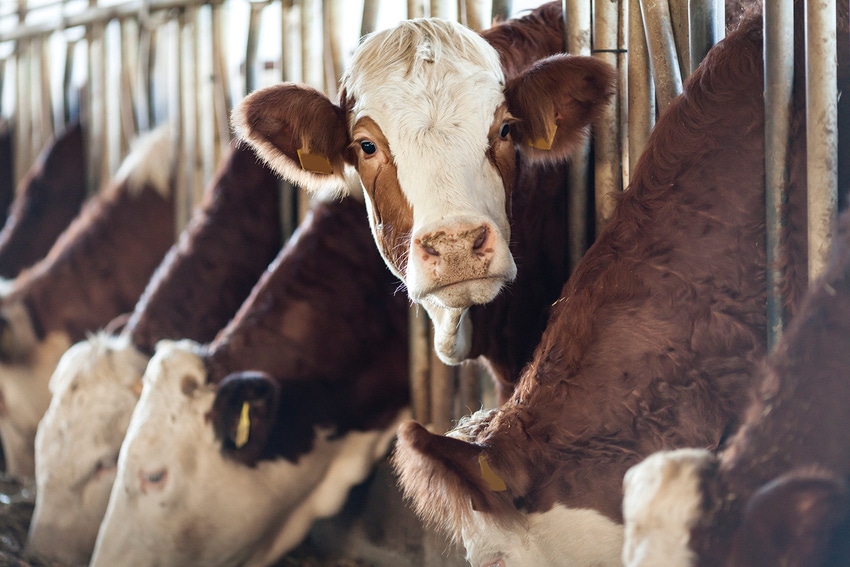
Researchers at the Louisiana State University School of Veterinary Medicine are seeking participants for a study to assess the eyes of cattle in cases of pink eye and cancer eye with the hope of finding new targets for treatments and diagnostic tests.
"We're looking for large herds of cattle that are actively infected with pink eye or infectious bovine keratoconjunctivitis, as well as those with cancer eye or ocular squamous cell carcinoma," said Hannah Gafen, DVM, LSU research intern on the project. "We're hoping to get quite a few samples, at least 200 animals that are affected by each of these conditions, and 200 normal animals as well."
From there, researchers hope to compare the normal state of the bovine eye with the diseased state in a large number of animals in order to eventually discover or determine treatments for the diseases. There is currently little in veterinary literature that compares the normal bovine ocular microbiome to the bovine ocular microbiome in a state of disease, according to Gafen.
The ocular microbiome is the community of micro-organisms in the eye found on the clear tissue covering the white part of the eye and the cornea.
The LSU team, which consists of board-certified veterinarians and researchers, will collect samples by swabbing the lower eyelid or collecting samples of cancer cells. The sampling visits will be coordinated with a veterinarian so that if owners wish to treat the infected eye they can be treated at the same time.
"Once the animals have been affected with pink eye or cancer eye, the farmer is already losing money," said Andrew Lewin, BVM&S, DACVO, research lead and Assistant Professor of Comparative Ophthalmology at LSU. "Pink eye is ultimately a self-limiting disease, but it lasts for a few weeks to months. And during that time, the cow isn't producing milk, it's not putting on weight and is obviously highly infectious for other animals in the herd. We are looking at ways to prevent animals from being affected in the first place."
USDA estimates infectious bovine keratoconjunctivitis costs U.S. cattle producers more than $150 million each year and herd infection rates can run from 6% to 45%.
Current treatment approaches are mostly with antibiotics. If researchers can find any solution that doesn't involve large amounts of antibiotics it would help the producer.
Lewin also notes the research may help determine why the herd is getting ocular disease in the first place.
"If we can prevent eye disease by bolstering their microbiome, that would be beneficial," he said. "Then we are not losing money or losing weight."
Once it is determined that a herd meets study requirements, the team will visit the farm to collect samples. The results will be processed and reported back to the producer once completed.
Each animal involved in the study will receive a free eye examination, free full diagnostic panel for common infectious ocular agents and contribution toward costs of treatment of pink eye.
To participate in the study, call Hannah Gafen at 225-578-9526 or email her at [email protected] with information regarding cattle with an active pink eye infection or cases of cancer eye.
About the Author(s)
You May Also Like






